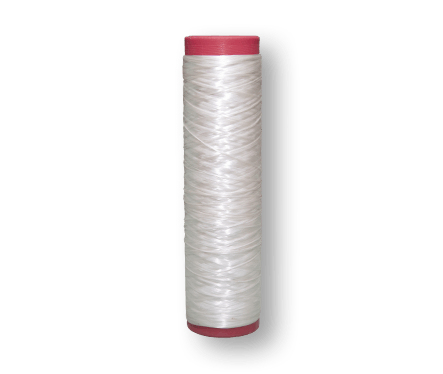Invention field [0001] The present invention relates to […]

Invention field
[0001] The present invention relates to the preparation of an ideal high-strength modified nylon staple fiber defined by the load-bearing capacity. This nylon staple fiber is produced by preparing relatively uniformly spun and quenched nylon filament tows, stretching and annealing these tows, and then converting the stretched and annealed tows into The required high-strength nylon staple fiber.
[0002] The nylon staple fiber prepared by this method can be blended with other fibers (such as cotton staple fiber) to produce yarns that also have the desired high strength. These yarns can then be woven into fabrics, which have the advantages of lightness, comfort, low cost and durability, and are therefore particularly suitable for use or as, for example, military clothing such as military uniforms or clothing used in other harsh environments.
[0003] Related technical background
[0004] Nylon has been manufactured and used commercially for many years. The first nylon fiber is nylon 6,6, poly(hexamethylene adipamide), and nylon 6,6 fiber is still being produced as the main nylon fiber. Commercial application. A large number of other nylon fibers, especially nylon 6 fibers prepared from caprolactam, are also used in production and commerce. Nylon fibers are used to produce fabrics and yarns for other purposes. For fabrics, there are basically two main types of yarns, namely continuous filament yarns and yarns made from staple fibers (ie, shear fibers).
[0005] Nylon staple fibers are conventionally manufactured by the following method: melt-spun nylon polymer into filaments, collect a very large amount of such filaments into tows, perform a stretching operation on the tows, and then convert the tows It is a short fiber, such as in a short fiber cutter. Such tows usually contain thousands of filaments, and are generally about hundreds of thousands (or higher) in total denier. The stretching operation involves transporting the tow between a set of feeding rolls and a set of stretching rolls (running at a higher speed than the feeding rolls) to increase the orientation of the nylon polymer in the filaments. Stretching is usually combined with an annealing operation to increase the nylon crystallinity in the tow filaments before the tow is converted into staple fibers